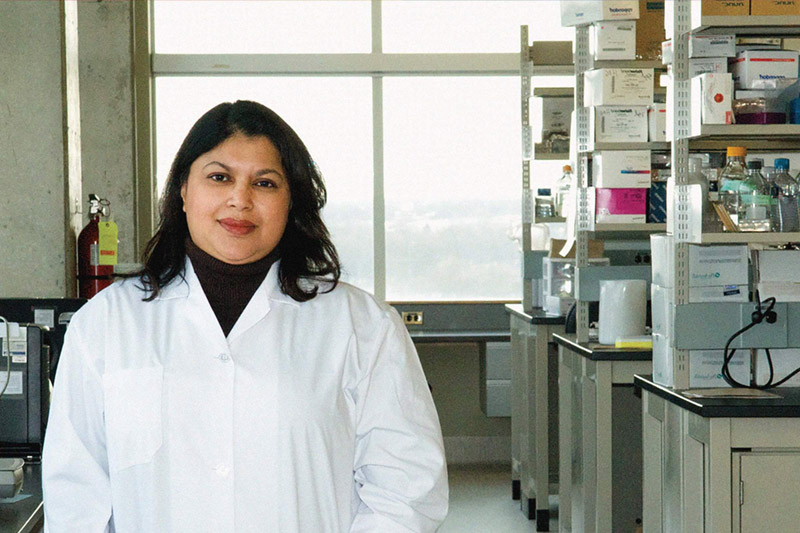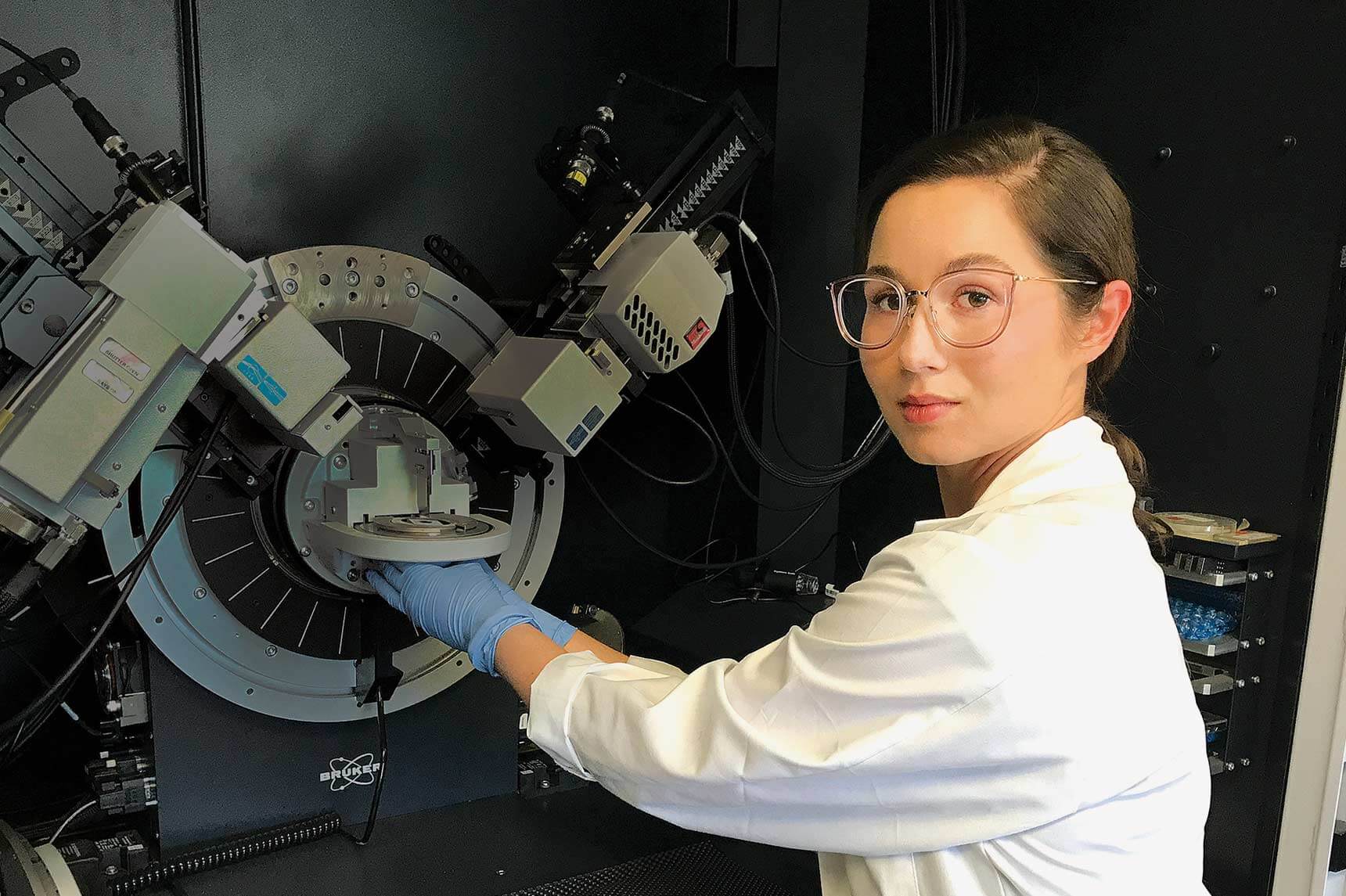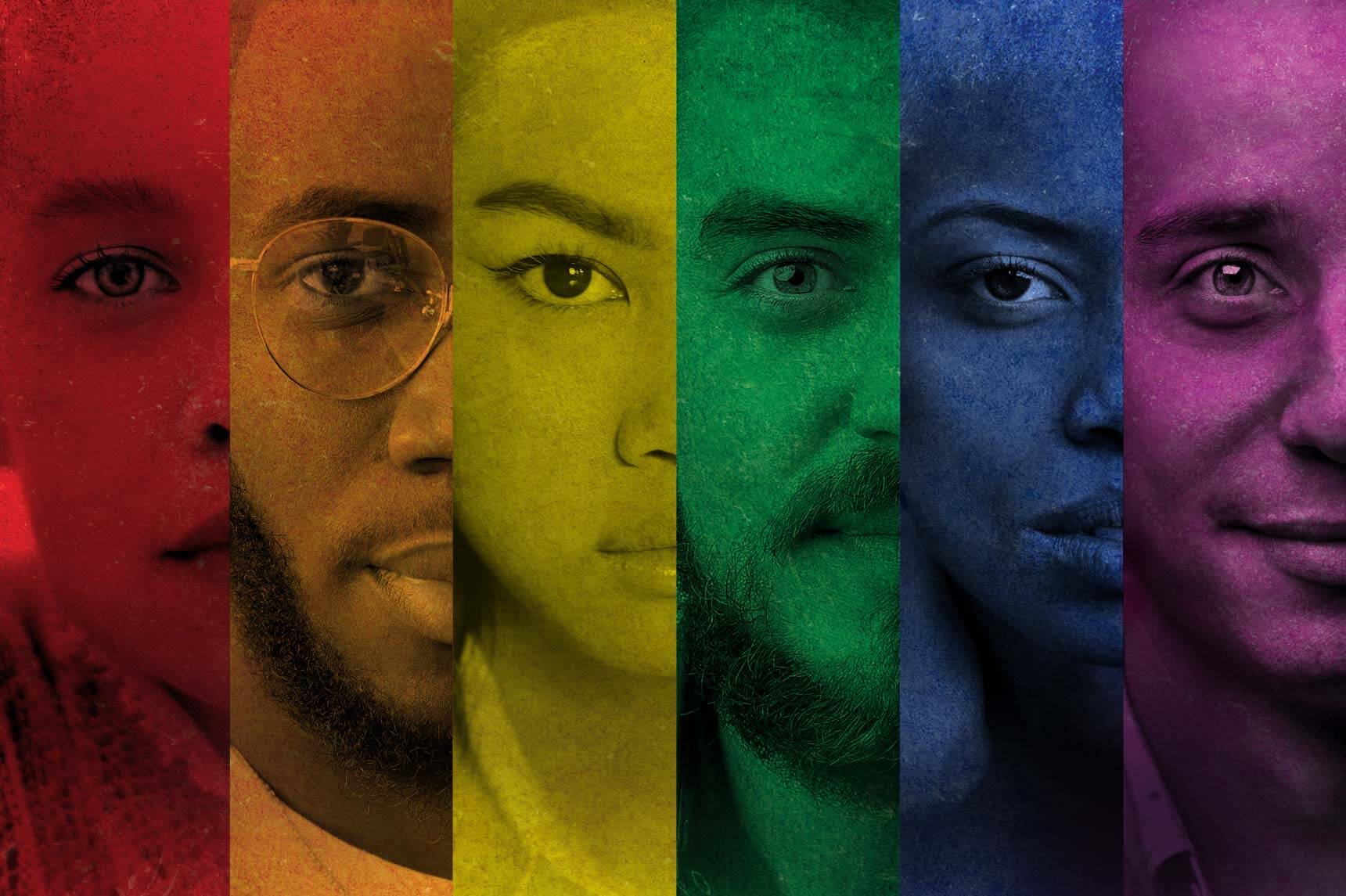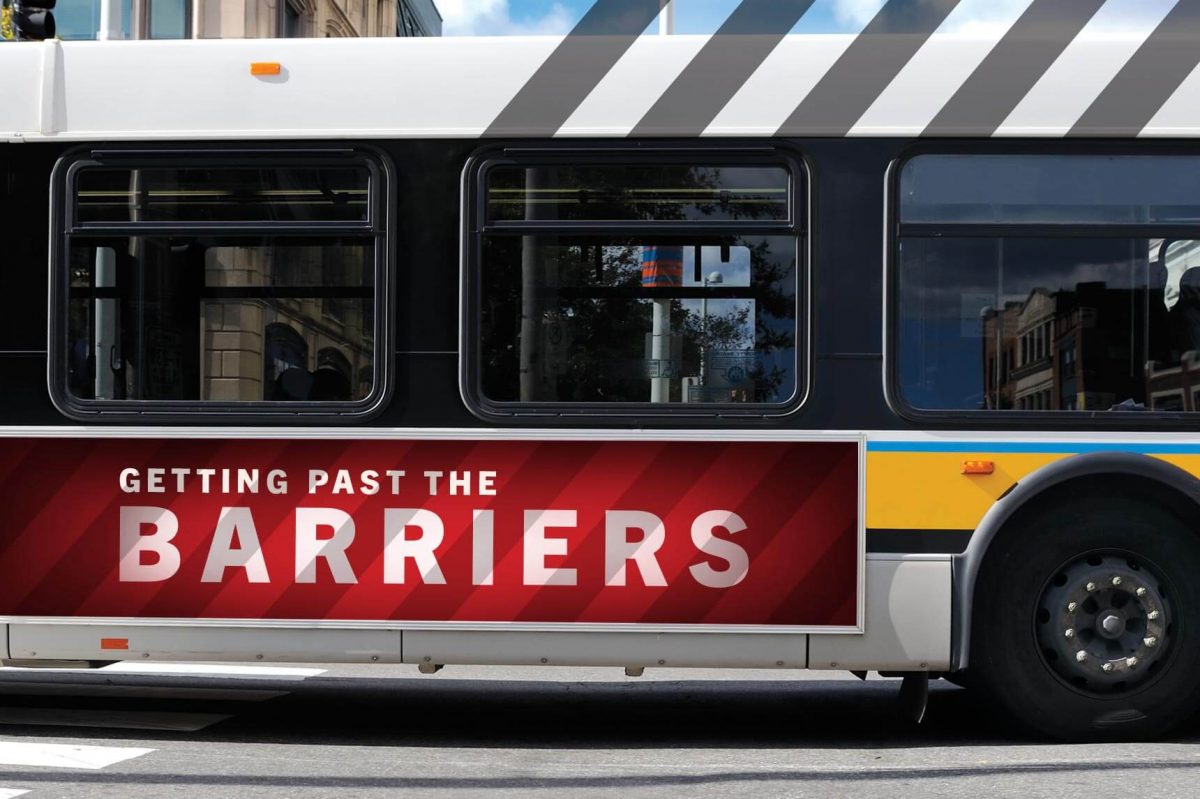
Getting past the barriers
Seeking public transit equity
Public transportation plays a vital role in society. It makes it possible for people to travel to and from work and school, access essential services like grocery shopping, daycare and medical care, and participate in social and recreational activities. But what happens when that public transportation is unreliable, inaccessible, ineffective, unsafe or too expensive? Who exactly does it affect? And what kind of impact does that have on those individuals and on society as a whole?
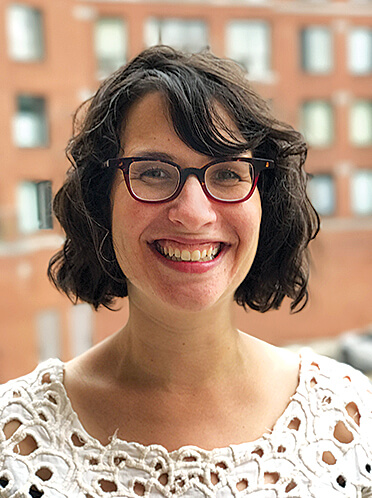
Orly Linovski, assistant professor of city planning in the Faculty of Architecture and a registered professional planner.
Those are some of the questions that Orly Linovski has been addressing since arriving at UM eight years ago. Linovski is an assistant professor of city planning in the Faculty of Architecture and a registered professional planner, with a profound interest in social justice and equity issues and the way that those issues keep individuals from fully participating in society.
That interest is reflected in all of her research.
“My research focuses on transportation equity,” Linovski explains. “So it’s thinking about what are the barriers for people in terms of the transportation system, how it limits what sorts of opportunities they’re able to access, and how we can improve that through transportation planning and investments.”
“it’s thinking about what are the barriers for people in terms of the transportation system, how it limits what sorts of opportunities they’re able to access, and how we can improve that through transportation planning and investments.”
That research, she continues, is two dimensional. One side of it focuses on the planning process and how planners and engineers work to understand the needs of equity-seeking groups that have been historically and currently marginalized in terms of access to opportunities. The other area of her research works directly with equity-seeking, community-based organizations and their members to understand their needs and how they can be better integrated in the planning process and in outcomes from transportation investments.
Linovski’s current primary research project is focused on that second dimension. The project, funded by a SSHRC Knowledge Synthesis Grant, is exploring community members’ lived experiences with public transit and equity and seeking to understand how aspects of a person’s identity affect their experiences of discrimination or privilege in the realm of public transit.
“A lot of transportation research focuses on modelling, so trying to understand potential opportunities and potential barriers,” Linovski explains. “But the lived experience research really wants to understand people’s experiences in their day to day lives, things that are not easy to understand through quantitative methods—so things like experiences with policing, with violence, with harassment and with multiple barriers that inform how people have access to opportunities or don’t have that access.”
Linovski and her graduate student team of researchers are gathering that data in collaboration with several well-established community-based organizations, as well as from targeted public surveys that the team designs and distributes to equity-seeking groups representing people of colour, people from low income neighbourhoods and people living with disabilities, among others.
Public transportation barriers are a huge concern and burden for people from these demographics, Linovski emphasizes. People who have mobility options, who own their own vehicles or who have easy access to vehicles, have agency over their time and their ability to get where they need or want to go and take advantage of all sorts of opportunities. But individuals who rely on public transportation do not have that agency and as a result miss out on countless opportunities and experiences.
What do they do when they have a family emergency to respond to? How can they can get to work on time or pick up their children from daycare on time when a bus is running late?
“Equity research is important because there can be strong incentives for the groups in society who benefit from inequity to not see or understand the systems that serve those with privilege at the expense of marginalized groups,” says Aaron Snider, a student in the Master of City Planning program and one of Linovski’s research assistants. “I see research like Dr. Linovski’s as key to highlighting those systems and to understanding where inequity originates.”
Once all of the current project data is collected, Linovski and her team will begin the task of synthesizing and translating the findings for a range of stakeholders, including government, which, ideally, will then use the findings to facilitate best practices in policy and program development.
“All of my research is motivated by having an impact on policy, hopefully in a positive direction,” Linovksi says.
“Transportation inequity can be so severe and negatively impact so many facets of peoples’ lives.”
Transportation inequity, she adds, can be so severe and negatively impact so many facets of peoples’ lives. The good news, however, is that community engagement, combined with equitable planning, programs and policies—and equitable investment—can help to alleviate much of that imbalance.
Combined High-need Indicator
Higher score: ↓ income/education; ↑ unemployment/recent immigration
Maps showing access to built and proposed transit, based on need indicators.
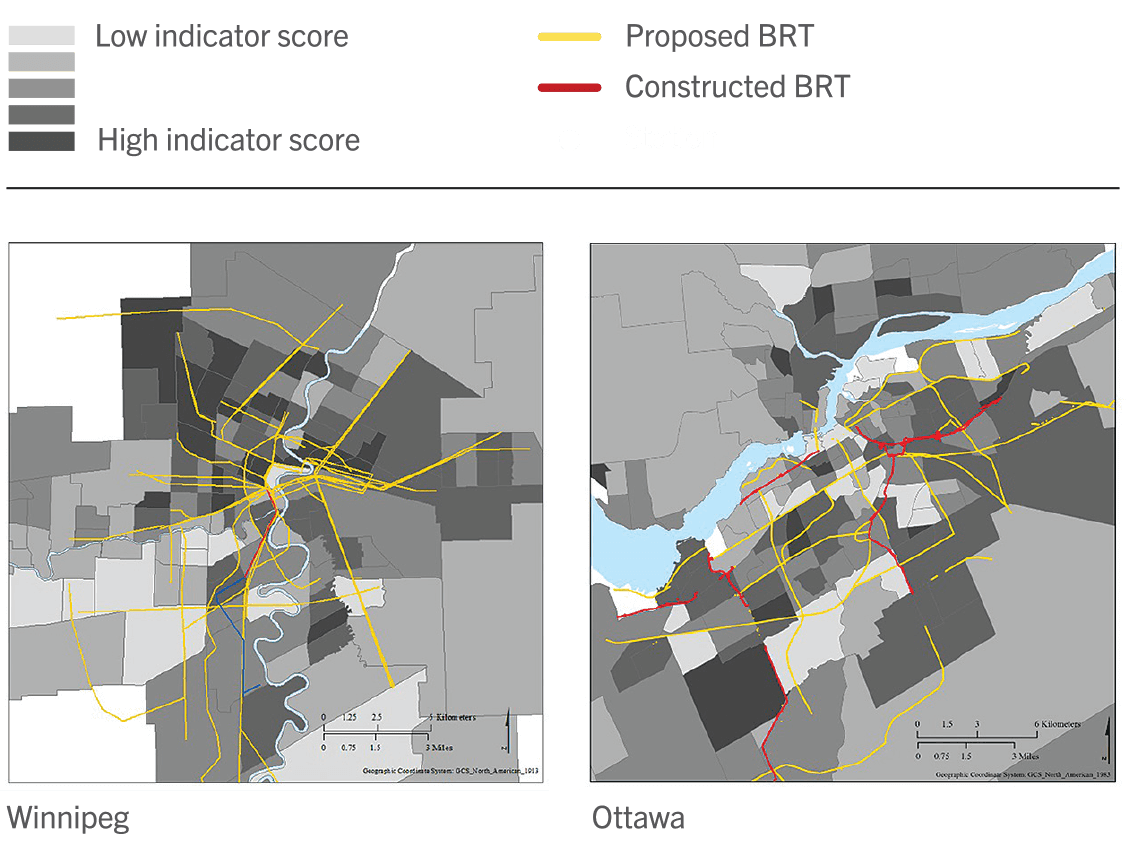
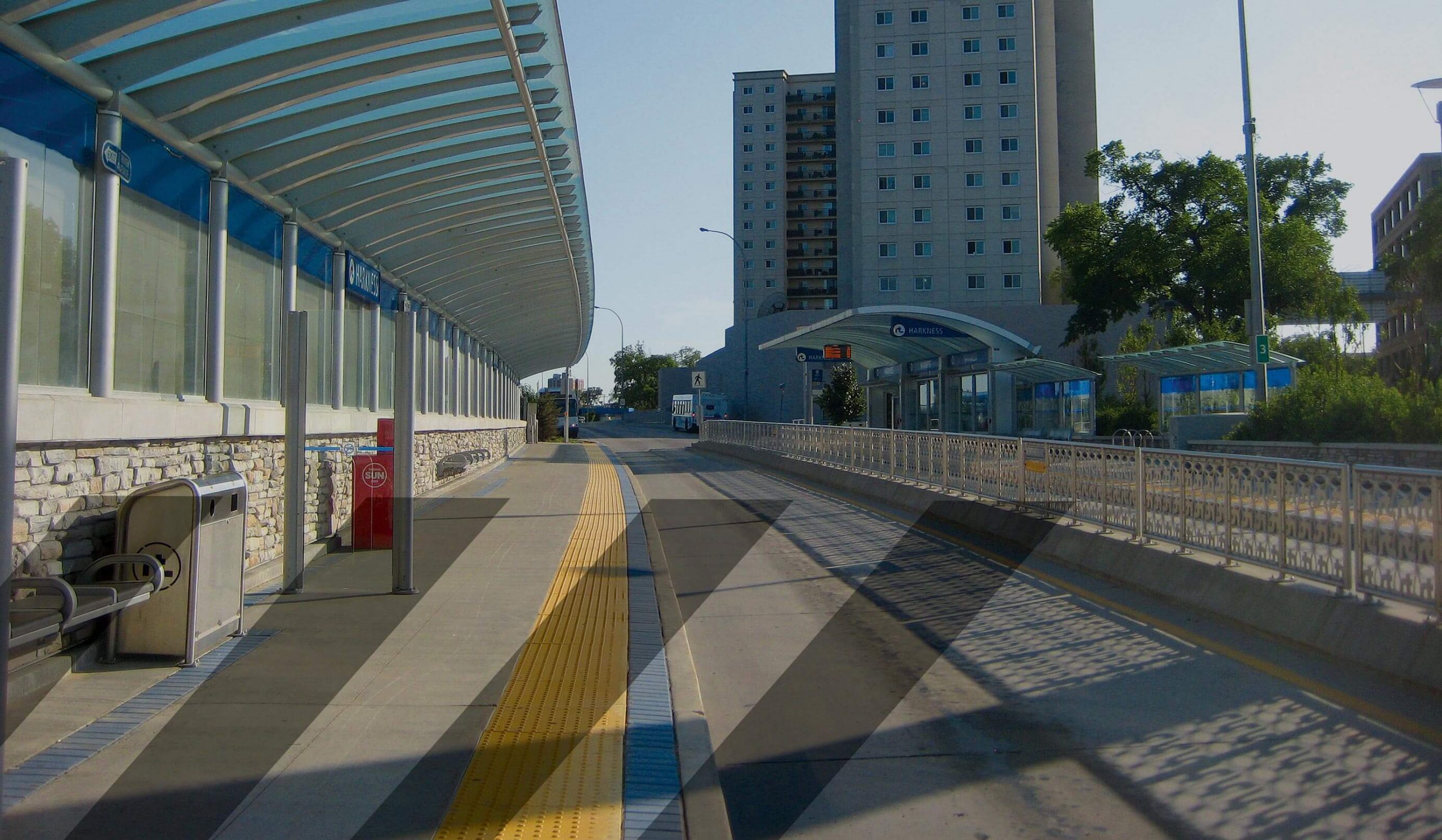
Community responses to the question of: “What measures should be used to make transit investment decisions?”
What communities benefit from investment?
49%
Can people get to the places they want to go?
73%
Did previous investments achieve their goals?
42%
Do transportation issues prevent participating in activities?
76%
Do equity seeking groups face more barriers in getting to where they want to go?
62%
Pandemic Effects
Orly Linovski and her research team have long been aware of how transportation inequities negatively impact people from certain communities much more than other communities. The pandemic has made that reality difficult for anyone to ignore.
“Many of the burdens of the COVID-19 pandemic are unevenly distributed across society, including in relation to transportation,” says Dominique Camp, a student in the Master of Urban Planning program and one of Linovski’s research assistants. Recognizing this, she adds, has reinforced the need for the kind of research that Linovski conducts.
During the course of the pandemic it became increasingly evident that individuals working in essential or frontline services were often the same individuals who relied on public transportation to get to and from their places of employment. But public transportation, which in pre-pandemic days was often deemed unreliable, inaccessible, unaffordable and unsafe, became even more so in cities across North America in the last year and a half.
As the pandemic raged and many economies shut down, transit routes were sporadically suspended or cancelled, making the process of getting to work —for those who had to get to work—more of a challenge than usual. The suspension or rerouting of some services also led to inevitable overcrowding on other services, making social distancing near impossible at a time when the sharing of public spaces, and especially the sharing of overcrowded public spaces, was a major risk factor for COVID-19 transmission.
“The pandemic has made transit inequity more apparent to some people,” Linovski says, “but for the majority of people this is a reality that they have lived with for a long time.”
By engaging with and directing her research questions to those familiar with that reality, Linovski aims to provide policymakers and planners with the insight and knowledge needed to redress a long-standing injustice.
ResearchLIFE
ResearchLIFE highlights the quest for knowledge that artists, engineers, scholars, scientists and students at UM explore every day.
Learn more about ResearchLIFE







